March/April 2025 Our Ohio
This issue of Our Ohio highlights Ohio Farm Bureau’s programs, scholarships and other efforts to support ag education in the state and showcase career pathways in Ohio’s largest industry.
Read MoreA combination of factors have caused a vet shortage in Ohio, particularly for the specialty of working with livestock.
It wasn’t that long ago that finding a job as a large animal veterinarian in Ohio was a difficult task.
“In 2012, 2013, (large animal veterinarian) jobs in Ohio were hard to find,” said Dr. Alissa Wilhelm, associate professor for fourth-year students in The Ohio State University’s doctor of veterinary medicine program. She is also a veterinarian at OSU Large Animal Services in Marysville.
Fast forward 10-plus years and the tables have turned. A combination of factors have caused a vet shortage in Ohio, Wilhelm said, particularly for the specialty of working with livestock. The shuttering of dairies across the state, as well as the consolidation of farms have contributed to the loss of vets who specialize in the care of farm animals.
Changes in business ownership, and the rise of lucrative career paths working with small animals and pets since the home pet boom during the pandemic, has altered the veterinary landscape, leaving some rural areas without enough doctors to do the work.
Finding new vets to stay and work in rural areas is a challenge, said Holmes County veterinarian and Farm Bureau county board member Dr. Eric Shaver, founder of East Holmes Veterinary Clinic, where he still practices and mentors new students.
Only 3% of students have a direct tie to agriculture, Shaver said, with only 9% of applicants for vet school having an ag background of any kind. Adjusting to a rural lifestyle can be a “culture shock” for a young vet coming out of school as well.
“They don’t know how to fend for themselves outside of work,” he said. “They can feel very alone.”
Additionally, 87% of the students coming out of school now are female, a sharp contrast to decades past when the vets in a rural community were mostly male. They can be called to a farm all hours of the day and night. It can be intimidating to some and it can take a while to build confidence.

“If we don’t establish those relationships with farmers early on, it doesn’t happen,” he said. “Turnover rates are extremely high.”
But through intentional mentorship programs being established by practices all over rural Ohio, the tide is beginning to turn.
“We have to define what a mentorship looks like for each practice and each new vet,” Wilhelm said. “The culture of a practice has to be supportive and welcoming.”
And not just in word, but in action, she said. It is imperative to both mental health and vet retention that new graduates feel comfortable establishing relationships with the community with the full support of the practitioners they work with.
“You have to set expectations and meet those expectations,” she said.
Dr. Gabe Middleton became interested in veterinary medicine after working on a dairy farm in high school and becoming friends with the vet in charge of cow care, Dr. Mel Wenger. Today, Middleton is a practicing veterinarian and president of Veterinary Wellness Partners with multiple vet clinics in northeast Ohio. The former president of VWP was Wenger.
Establishing relationships makes all the difference, he said.
“When you are working with large animals, you see the same people once a week, sometimes two times a week, you become part of the family,” Middleton said. “The friendships and relationships we’ve made are so rewarding; it makes embracing the challenges rewarding, too. You have to have the attitude that you are helping an animal and helping a family.”
Rebecca Szuminsky and Erika Stevens are third-year veterinary students in The Ohio State University’s doctor of veterinary medicine program. They come from vastly different backgrounds.
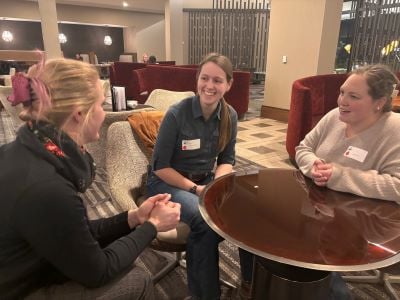
Szuminsky is from New Jersey. She did not grow up in a rural community, but in high school worked as a vet tech assistant and loved the work. Szuminsky received her undergraduate degree in animal science from Rutgers.
“I’ve also worked as a horse trainer and on a sheep and goat farm to build up my large animal experience,” she said. “I like that it is something different every day.”
Stevens grew up with dogs and cats in Morrow County, where her parents are Farm Bureau members, but was always interested in working with large animals.
“There are a lot of medical professionals in my family, and I’ve always been fascinated by the medical side of things,” Stevens said, noting that she hoped to marry her love of large animals with the career paths she was familiar with growing up. She got her undergraduate degree in biology at Ashland University then interned at a boarding kennel and salon, worked on a dairy farm and in the equine industry and worked in a research lab for a couple years to gain experience she felt she needed before applying to vet school at Ohio State.
Both students love to work with large animals, but are not planning to set up shop in a local vet clinic anytime soon. Szuminsky has a contract with the Army and has seven years left to serve. She plans to put her degree to good use by working with equine units in the military, where there is also a shortage of doctors in the Veterinary Corps.
Similarly, Stevens is pursuing another path to her ag career by combining her love of large animal veterinary medicine with research and data collection. She is already in the Saul T. Wilson Internship Program with USDA’s Animal and Plant Health Inspection Service Vet Services and will continue in that field after she graduates.
“I could get placed anywhere in the country,” said the future vet medical officer, who added that being out on a farm and sourcing data for research is “the best of both worlds.”
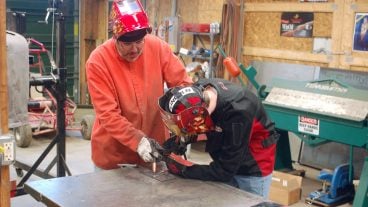
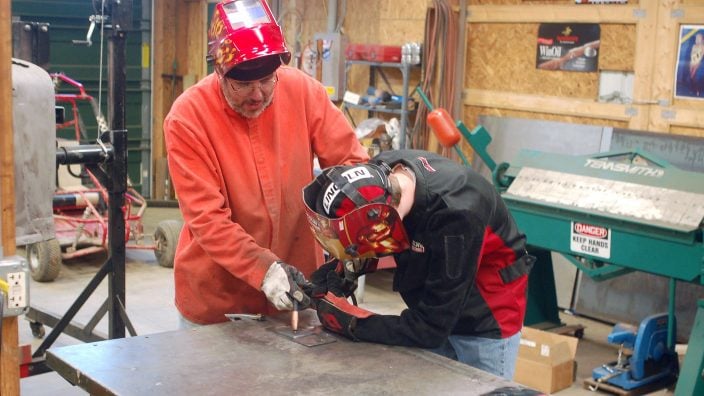
This issue of Our Ohio highlights Ohio Farm Bureau’s programs, scholarships and other efforts to support ag education in the state and showcase career pathways in Ohio’s largest industry.
Read More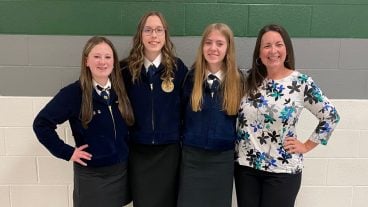
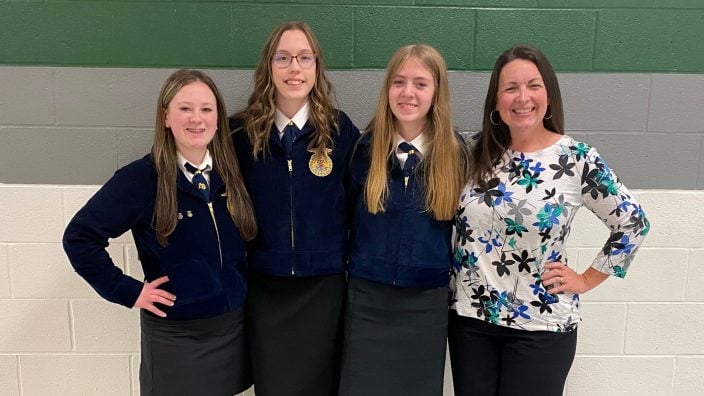
Through established policy, all county Farm Bureaus in Ohio provide and support ag literacy programs to enhance students’ knowledge about agriculture.
Read More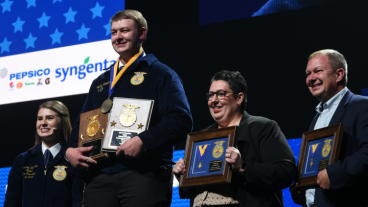
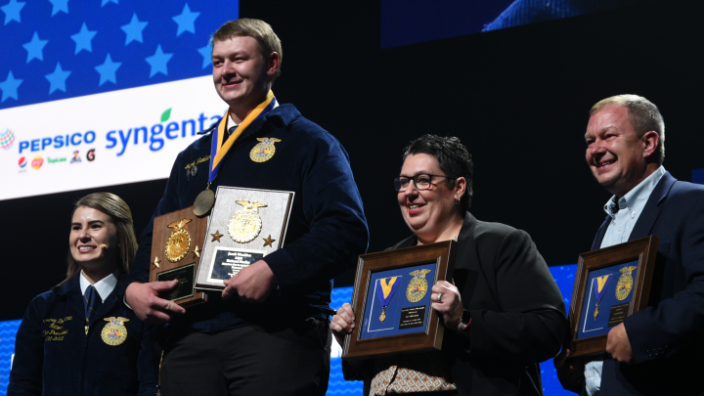
The Golden Owl Award recognizes outstanding agriculture educators who make an impact in their local communities.
Read More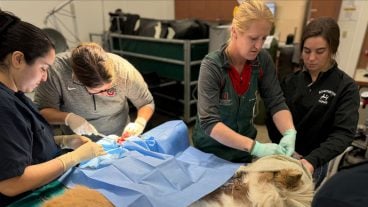
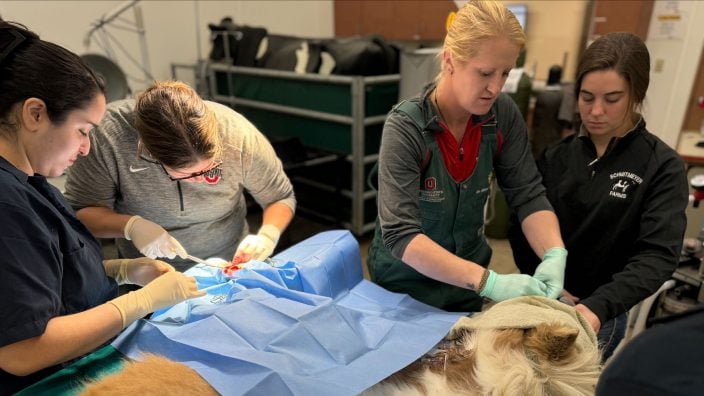
A combination of factors have caused a vet shortage in Ohio, particularly for the specialty of working with livestock.
Read More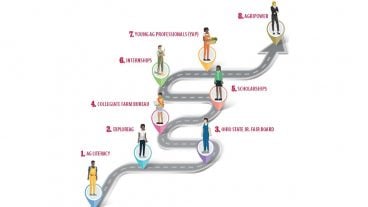
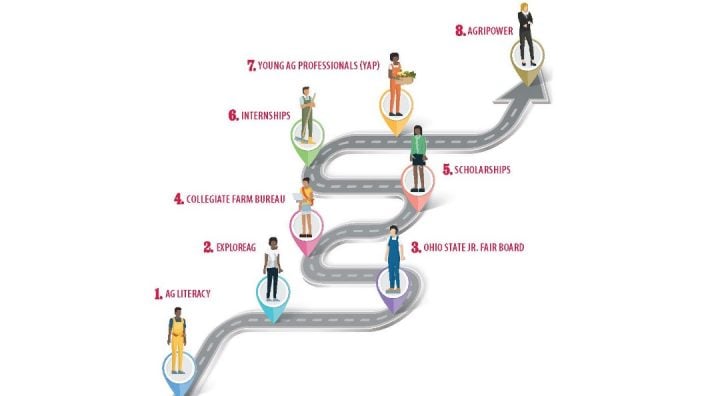
Ohio Farm Bureau is ensuring that more young people, who may have never considered a profession in agriculture, see that opportunities abound in Ohio’s largest industry.
Read More

The award is for students who are pursuing a certification, accreditation or a degree related to welding. Apply by March 31.
Read More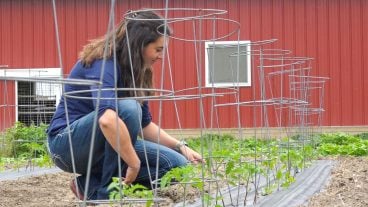
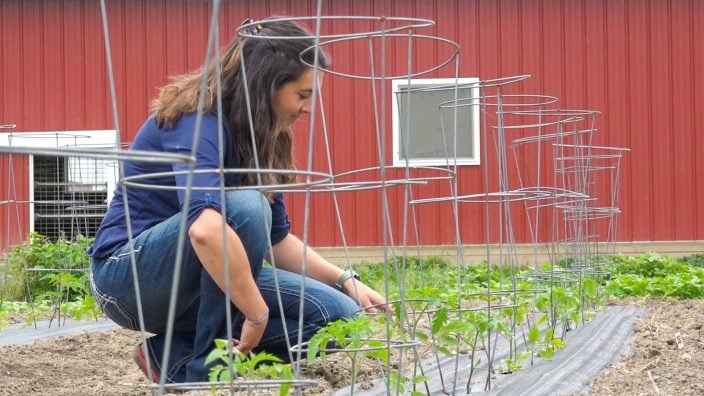
What career advice would you give to the next generation?
Read More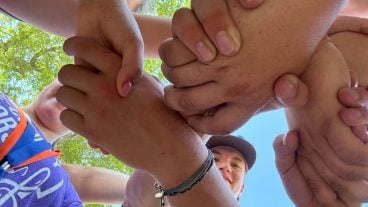
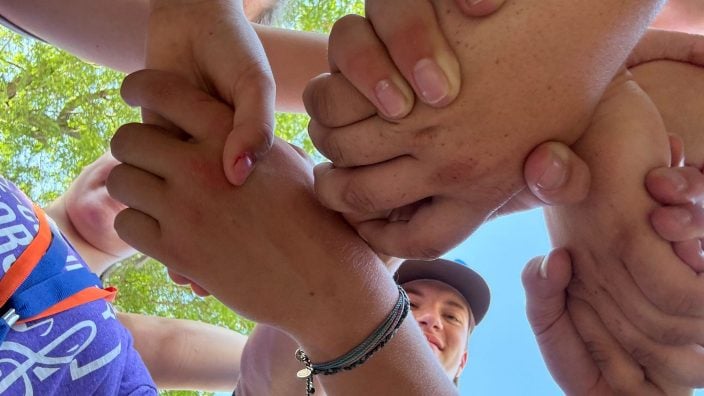
Ohio Farm Bureau’s signature ag literacy and workforce development program offers free week, multiday and daylong immersion programs for high school students. Apply by June 13.
Read More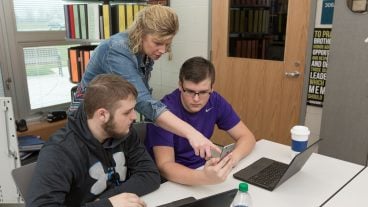
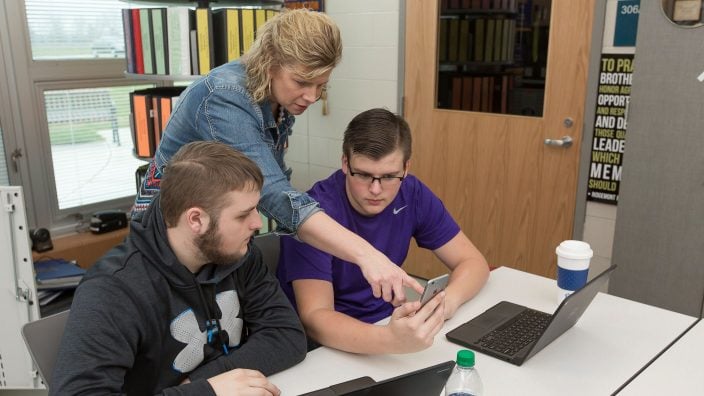
Ohio House Bill 432, sponsored by Rep. Don Jones, sets up new alternative educator preparation programs.
Read More
